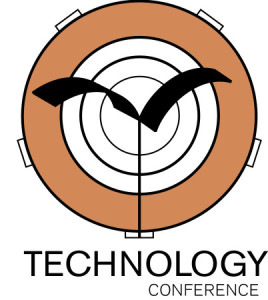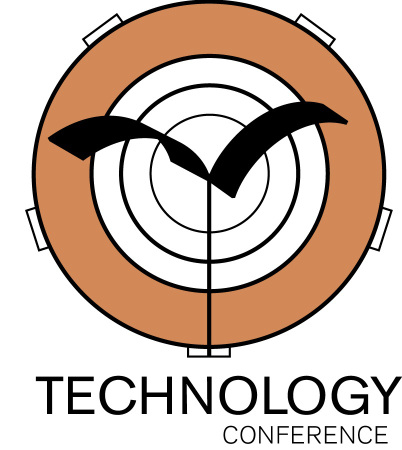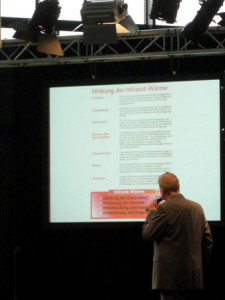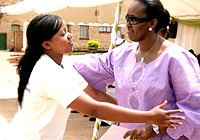Evaluation of New Media-Based Public Health Programs at International Technology Conference
Renata Schiavo, PhD, MA, Associate Professor, Director, Comunity Health/COMHE Program at CUNY School of Public Health at Hunter College.
 The 2011 Seventh International Conference on Technology, Knowledge and Society was held at Universidad del País Vasco – Euskal Herriko Unibertsitatea Bilbao, Spain from 25-27 March 2011. The conference and its associated journal were created to provide a transdisciplinary forum that examines the relationship between technology, knowledge and its societal context. This is a forum that brings together a diverse range of researchers, teachers and practitioners. It serves as a meeting point for technologists and those who may work in non-technological areas, but are nevertheless concerned with the social impact and import of technology. In addition to its plenary sessions, the conference also includes virtual presentations to expand its reach and to include presenters who may not be able to attend in person.
The 2011 Seventh International Conference on Technology, Knowledge and Society was held at Universidad del País Vasco – Euskal Herriko Unibertsitatea Bilbao, Spain from 25-27 March 2011. The conference and its associated journal were created to provide a transdisciplinary forum that examines the relationship between technology, knowledge and its societal context. This is a forum that brings together a diverse range of researchers, teachers and practitioners. It serves as a meeting point for technologists and those who may work in non-technological areas, but are nevertheless concerned with the social impact and import of technology. In addition to its plenary sessions, the conference also includes virtual presentations to expand its reach and to include presenters who may not be able to attend in person.






